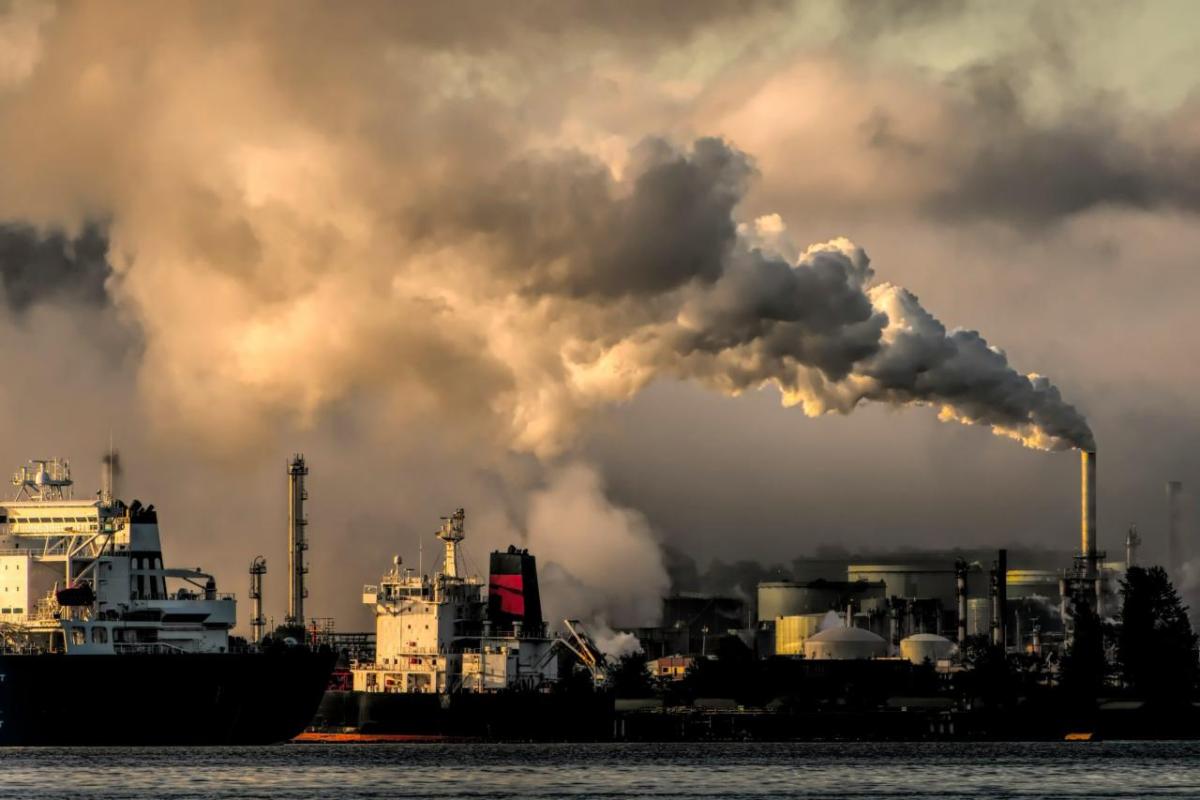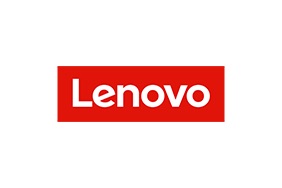Helping Customers To Realise Scope 3 Emissions Targets Through Sustainable Logistics Solutions
By Thibault Dousson, Director Services and Solution Group META, Lenovo
Published 05-14-24
Submitted by Lenovo

Businesses around the world are facing stringent sustainability targets, from the Paris Agreement[1] – a legally binding international treaty on climate change – to decarbonisation strategies that aim to significantly reduce or eliminate carbon dioxide (CO2) and other greenhouse gas (GHG) from the atmosphere. While it’s often easy to focus on more obvious sustainability initiatives, Scope 3 emissions are also coming increasingly into focus.
Company emissions can be broken down into three different areas, known as ‘scopes’. Scope 1 covers the GHG emissions that a business makes directly, such as running vehicles or boilers. Scope 2 covers the GHG emissions that a business makes indirectly, such as the electricity or energy that it buys to heat its buildings. The organisation uses the energy, but somebody else is producing it.
Scope 3 is where things get a lot more interesting, covering all other GHG emissions that an organisation is indirectly responsible for, both up and down the value chain. This could be something as simple as the emissions produced through suppliers delivering products. Perhaps surprisingly, Scope 3 emissions can account for more than 70% of the value chain’s total emissions[2], reaching up to 100% for some industries[3].
It may seem easier for companies to focus on Scope 1 or 2 emissions, as they’re often within the organisation’s control. They can transition company vehicles to electric, for example, cutting down on direct GHG emissions, or reduce electricity consumption within the business. Tackling Scope 3 emissions can seem like a more daunting task, as it covers emissions that are outside the organisation’s control.
If businesses want to reach net-zero and contribute to limiting the planet’s temperature increase to 1.5°C above pre-industrial levels, as per the Paris Agreement, it’s critical that they get to grips with and reduce their Scope 3 emissions. After all, there’s a good chance that Scope 3 emissions contribute towards the largest proportion of the organisation’s total carbon footprint.
How technology partners can make a difference
As part of a value chain that may include hundreds of different companies, there are naturally a huge number of ways to reduce Scope 3 emissions. It’s important to start somewhere, so why not begin with your technology provider.
After all, you’ll be purchasing IT equipment as part of your regular business operations and buying more energy-efficient technology from a sustainability-conscious tech provider can help you to manage emissions across the value chain.
Lenovo’s Reduced Carbon Transport Service is a great example of how you can reduce Scope 3 emissions, giving you the option to ship newly purchased IT devices via airfreight with a lower carbon impact. This is made possible thanks to Sustainable Aviation Fuel (SAF) credits and the ability to allocate them to new IT purchases. You can report the resulting CO2 emissions reduction from airfreight against your own Scope 3 emissions.
SAF is typically produced from renewable sourced waste and residue raw materials, such as used cooking oil, rendered fats and greases. It is then converted into fuel that can power aircraft.
According to Transport and Environment, emissions from aviation have been growing faster than any other mode of transport and have more than doubled between 1990 and 2019. If unmitigated, aviation emissions could more than double again (compared to 2019) by 2050, consuming more than 10% of the remaining carbon budget[4] to stay below 1.5°C of warming[5].
Sustainable Aviation Fuel has huge potential to reduce CO2 emissions from airfreight transportation and help businesses to mitigate emissions. The use of SAF presents an ideal opportunity for companies to reduce Scope 3 emissions, with the potential to cut emissions across their lifecycle by 70% or more compared to conventional fossil jet fuel*. While the mode of transportation for new technology may seem like a small thing to consider, it’s steps such as these that will help organisations to meet stringent sustainability targets.
Focusing on all aspects of the value chain
Solutions such as Lenovo’s Reduced Carbon Transport Service can make a huge difference when it comes to promoting tangible climate action. Not only will a reduction in Scope 3 emissions help organisations on their journey towards realising their sustainability targets and net-zero ambitions, a more sustainable approach to business will also help to attract the next generation of employees.
The WEF points out that 51% of US business students would accept lower pay if a company is environmentally responsible[6], highlighting the importance of sustainable business practices. Of course, there are plenty of other ways that businesses can reduce their emissions and waste. Solutions such as Lenovo’s Asset Recovery Services help organisations to recycle IT assets in an environmentally conscious way, reuse parts and refurbish devices, and Lenovo’s CO2 Offset Service helps customers drive additional impact by offsetting emissions across the average lifecycle of their IT devices and support climate action projects verified by United Nations, Gold Standard®, and Climate Action Reserve.
Whatever route businesses take when it comes to sustainability, it’s clear that there’s a need to consider emissions across the entire value chain. Scope 3 emissions are every bit as important as Scope 1 and Scope 2 emissions, and while tackling the emissions of suppliers or other partners may seem like a daunting task, solutions such as Lenovo’s Reduced Carbon Transport Services can make a big difference.
[1] https://unfccc.int/process-and-meetings/the-paris-agreement
[2] https://www.bloomberg.com/professional/blog/closing-the-scope-3-ghg-emissions-data-gap-2/
[4] https://globalcarbonbudget.org/
[5] https://www.transportenvironment.org/challenges/planes/airplane-pollution
[6] World Economic Forum, “Why sustainability is crucial for corporate strategy,” June 2022
* Approximate percentage LCA GHG reduction versus fossil jet based on feedstock used in SAF such as waste and residue lipids, oilseed bearing trees on low-ILUC degraded land or as a rotational oil cover crops. Indirect CO2 emissions reduction benefit is obtained through the purchase of Sustainable Aviation Fuel credits. Lower carbon claim is based upon the purchase of Sustainable Aviation Fuel credits and the resulting emissions reductions when compared to logistic service using conventional jet fuel.

Lenovo
Lenovo
Lenovo is a US$69 billion revenue global technology powerhouse, ranked #196 in the Fortune Global 500, and serving millions of customers every day in 180 markets. Focused on a bold vision to deliver Smarter Technology for All, Lenovo has built on its success as the world’s largest PC company with a full-stack portfolio of AI-enabled, AI-ready, and AI-optimized devices (PCs, workstations, smartphones, tablets), infrastructure (server, storage, edge, high performance computing and software defined infrastructure), software, solutions, and services. Lenovo’s continued investment in world-changing innovation is building a more equitable, trustworthy, and smarter future for everyone, everywhere. Lenovo is listed on the Hong Kong stock exchange under Lenovo Group Limited (HKSE: 992) (ADR: LNVGY). To find out more visit https://www.lenovo.com, and read about the latest news via our StoryHub.
More from Lenovo

